What causes increased pressure in eyes. Ocular Hypertension: Causes, Symptoms, and Treatment Options
What are the main causes of ocular hypertension. How can ocular hypertension be diagnosed and treated. What are the risks associated with elevated eye pressure. How can you prevent ocular hypertension and maintain healthy eye pressure.
Understanding Ocular Hypertension: A Comprehensive Overview
Ocular hypertension is a condition characterized by elevated pressure within the eye, specifically the intraocular pressure (IOP). This pressure is crucial for maintaining the eye’s shape and proper functioning. However, when it rises above normal levels, it can pose significant risks to eye health and vision.
The normal range for intraocular pressure is typically between 10-21 mmHg (millimeters of mercury). Ocular hypertension is diagnosed when the IOP consistently measures above 21 mmHg. It’s important to note that while ocular hypertension increases the risk of developing glaucoma, not everyone with elevated eye pressure will necessarily develop this condition.
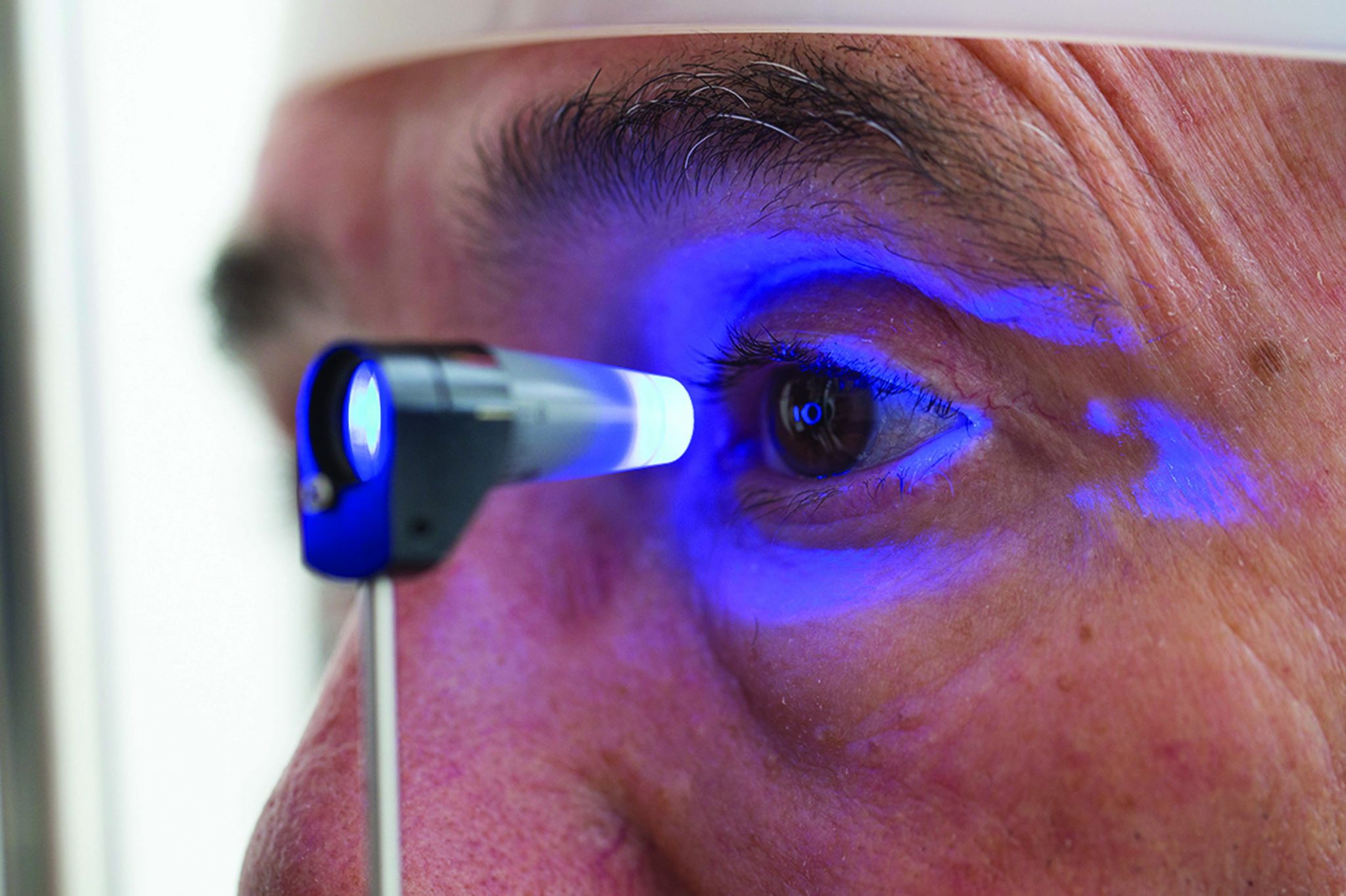
The importance of regular eye pressure checks
Regular eye pressure checks are essential for maintaining good eye health. These checks can help detect ocular hypertension early, allowing for prompt intervention and potentially preventing more serious eye conditions. Eye care professionals typically measure IOP during routine eye exams using a technique called tonometry.
Causes and Risk Factors of Ocular Hypertension
Understanding the causes and risk factors associated with ocular hypertension is crucial for prevention and early detection. While the exact cause isn’t always clear, several factors can contribute to increased eye pressure:
- Imbalance in aqueous humor production and drainage
- Obstruction or damage to drainage channels
- Eye injuries
- Certain medications, particularly corticosteroids
- Underlying eye conditions
Risk factors for developing ocular hypertension
Several factors can increase an individual’s risk of developing ocular hypertension:
- Age (over 40)
- Family history of glaucoma
- African American ethnicity
- Thin corneas
- Certain medical conditions (e.g., diabetes, hypertension)
- Long-term use of corticosteroids
Can ocular hypertension be inherited? While ocular hypertension itself is not directly inherited, having a family history of glaucoma can increase your risk. This genetic predisposition highlights the importance of regular eye exams, especially if you have relatives with glaucoma or ocular hypertension.
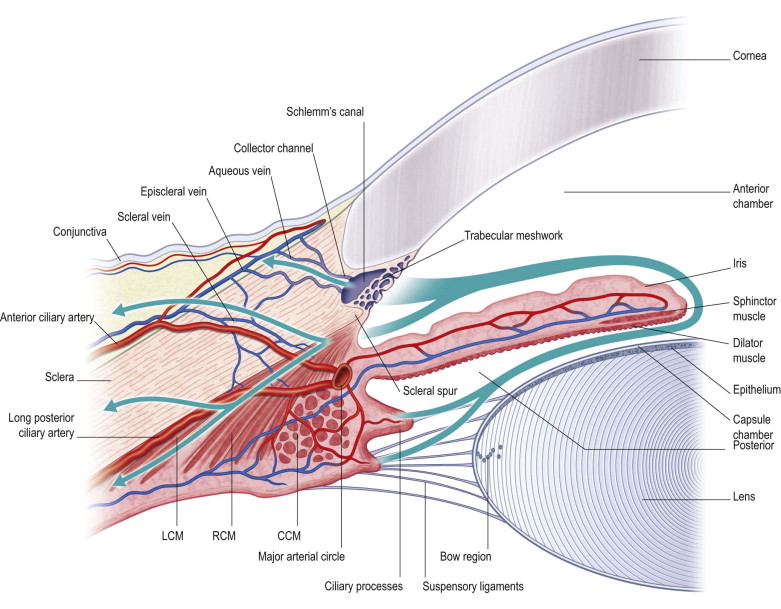
Symptoms and Detection of Ocular Hypertension
One of the challenges in detecting ocular hypertension is that it often doesn’t present noticeable symptoms. This silent nature makes regular eye exams crucial for early detection and prevention of potential complications.
The importance of routine eye exams
Routine comprehensive eye exams are the primary method for detecting ocular hypertension. During these exams, eye care professionals measure intraocular pressure and assess overall eye health. These check-ups are particularly important for individuals with risk factors for ocular hypertension or glaucoma.
How often should you have your eye pressure checked? For most adults, an eye exam every 1-2 years is recommended. However, individuals with risk factors or existing eye conditions may need more frequent check-ups. Always follow your eye doctor’s recommendations for exam frequency.
Diagnostic Tests for Ocular Hypertension
When ocular hypertension is suspected, eye care professionals may perform several tests to confirm the diagnosis and assess the risk of glaucoma development:

- Tonometry: Measures intraocular pressure
- Ophthalmoscopy: Examines the optic nerve for signs of damage
- Visual field test: Checks for peripheral vision loss
- Gonioscopy: Inspects the eye’s drainage angle
- Pachymetry: Measures corneal thickness
Understanding tonometry results
Tonometry is the primary method for measuring intraocular pressure. There are several types of tonometry, including applanation tonometry and non-contact tonometry (air puff test). Results are typically given in mmHg, with readings consistently above 21 mmHg indicating ocular hypertension.
What does an IOP reading of 30 mmHg indicate? An IOP reading of 30 mmHg is significantly above the normal range and indicates ocular hypertension. This level of pressure requires immediate attention and further evaluation by an eye care professional to determine the cause and appropriate treatment.
Treatment Options for Ocular Hypertension
The treatment of ocular hypertension aims to lower intraocular pressure and prevent potential damage to the optic nerve. The approach to treatment may vary depending on the severity of the condition and individual risk factors.
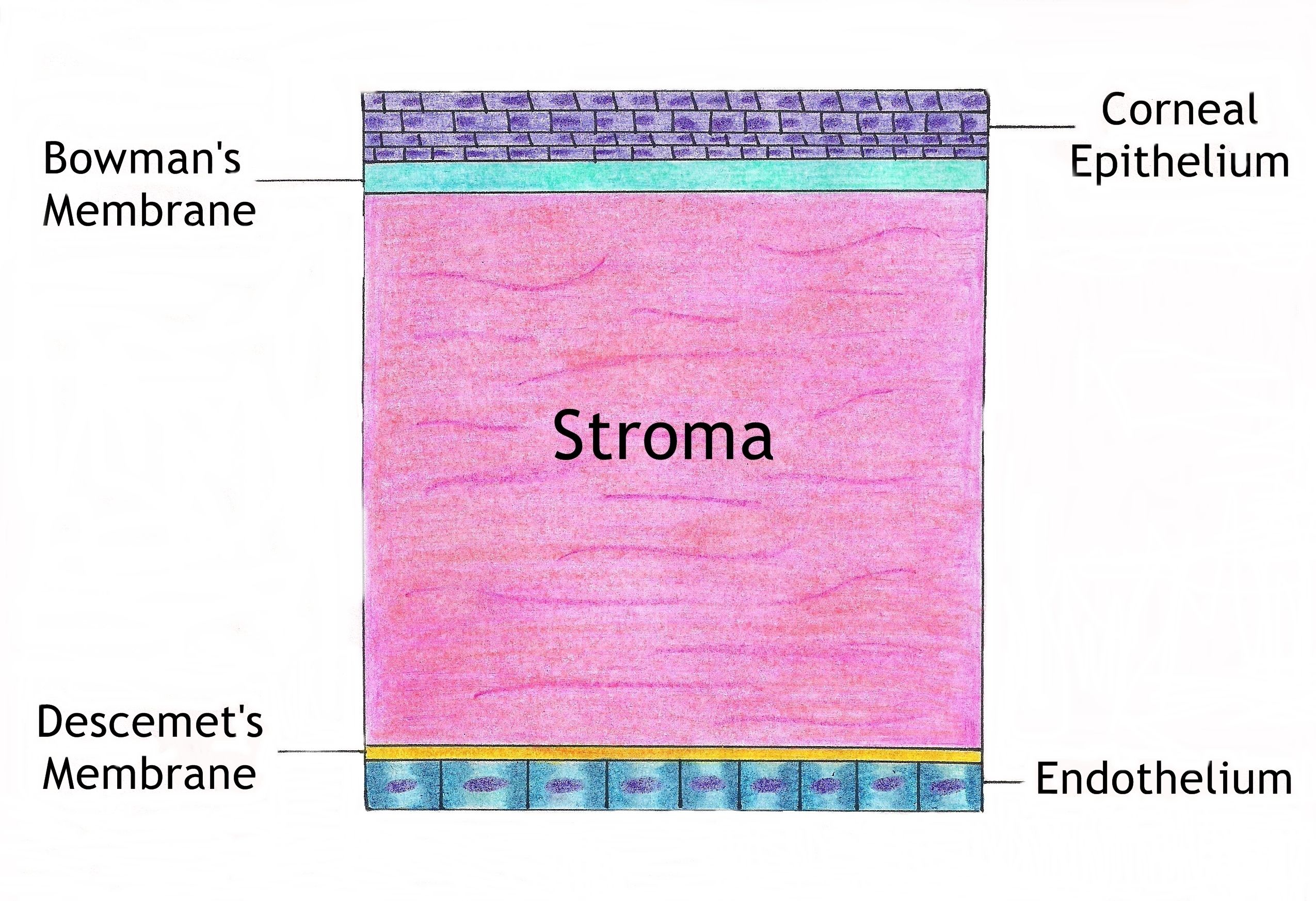
Medications for lowering eye pressure
Eye drops are often the first line of treatment for ocular hypertension. These medications work by either reducing the production of aqueous humor or improving its drainage. Common types of eye drops used include:
- Prostaglandin analogs
- Beta-blockers
- Alpha-adrenergic agonists
- Carbonic anhydrase inhibitors
- Rho kinase inhibitors
How effective are eye drops in treating ocular hypertension? Eye drops can be highly effective in lowering intraocular pressure, often reducing IOP by 20-30%. However, effectiveness can vary between individuals, and some may require a combination of medications for optimal results.
Laser and surgical interventions
In cases where medication alone is insufficient or not well-tolerated, laser treatments or surgery may be recommended. These procedures aim to improve the drainage of aqueous humor from the eye:
- Selective Laser Trabeculoplasty (SLT)
- Argon Laser Trabeculoplasty (ALT)
- Trabeculectomy
- Drainage implant surgery
Are surgical interventions always necessary for ocular hypertension? Surgical interventions are not always necessary for ocular hypertension. They are typically considered when medication and laser treatments have not been effective in lowering eye pressure or when there’s a high risk of developing glaucoma.
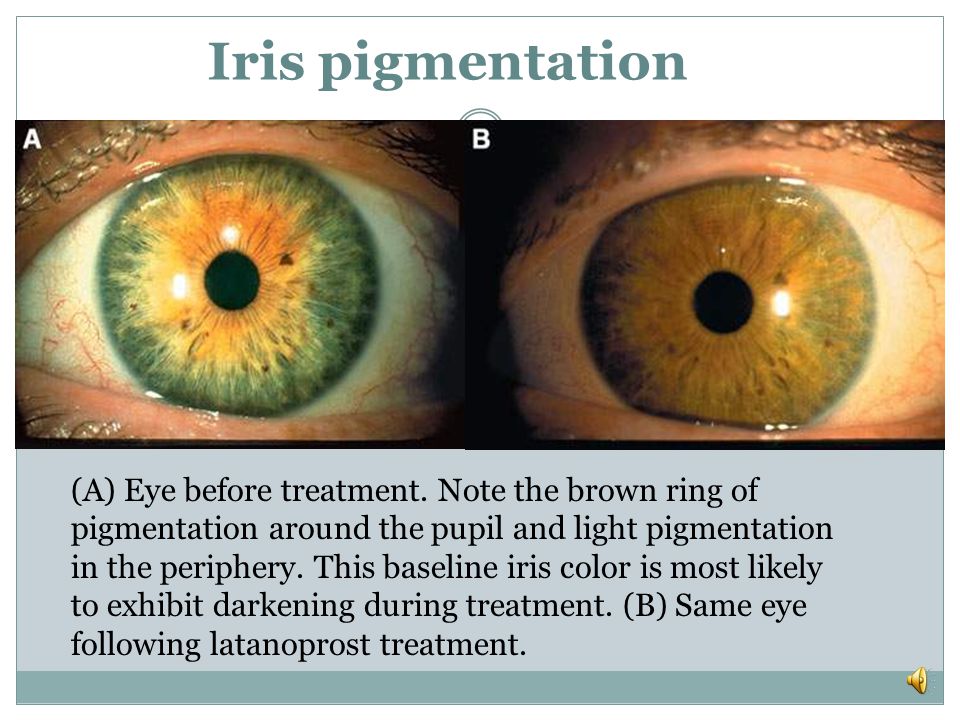
Lifestyle Changes and Prevention Strategies
While some risk factors for ocular hypertension are beyond our control, certain lifestyle changes can help maintain healthy eye pressure and overall eye health:
- Regular exercise
- Maintaining a healthy diet rich in vitamins A, C, and E
- Limiting caffeine intake
- Staying hydrated
- Protecting eyes from UV radiation
- Avoiding smoking
- Managing underlying health conditions like diabetes and hypertension
The role of diet in eye health
A balanced diet can play a significant role in maintaining eye health and potentially reducing the risk of ocular hypertension. Foods rich in antioxidants, omega-3 fatty acids, and certain vitamins and minerals can support overall eye health.
Which foods are particularly beneficial for eye health? Foods that are particularly beneficial for eye health include:
- Leafy green vegetables (spinach, kale)
- Colorful fruits and vegetables (berries, carrots, bell peppers)
- Fatty fish (salmon, mackerel, sardines)
- Nuts and seeds
- Citrus fruits
- Eggs
Complications and Long-term Outlook
While ocular hypertension itself does not cause vision loss, it significantly increases the risk of developing glaucoma, a leading cause of irreversible blindness worldwide. Regular monitoring and appropriate treatment are crucial for preventing progression to glaucoma and preserving vision.

The link between ocular hypertension and glaucoma
Ocular hypertension is a major risk factor for developing glaucoma, particularly open-angle glaucoma. However, not everyone with ocular hypertension will develop glaucoma. Factors such as the degree of pressure elevation, duration of hypertension, and individual susceptibility all play a role in determining the risk of progression.
What percentage of people with ocular hypertension develop glaucoma? Studies suggest that about 10% of people with untreated ocular hypertension will develop glaucoma over a period of 5 years. However, this risk can be significantly reduced with appropriate treatment and regular monitoring.
Research and Future Directions in Ocular Hypertension Management
Ongoing research in the field of ocular hypertension and glaucoma is focusing on several key areas:
- Developing new medications with fewer side effects
- Improving surgical techniques for IOP reduction
- Exploring neuroprotective therapies to prevent optic nerve damage
- Investigating genetic factors that contribute to ocular hypertension and glaucoma
- Advancing diagnostic technologies for earlier detection and more accurate monitoring
Promising developments in ocular hypertension treatment
Recent advancements in ocular hypertension treatment show promise for improved management of the condition:
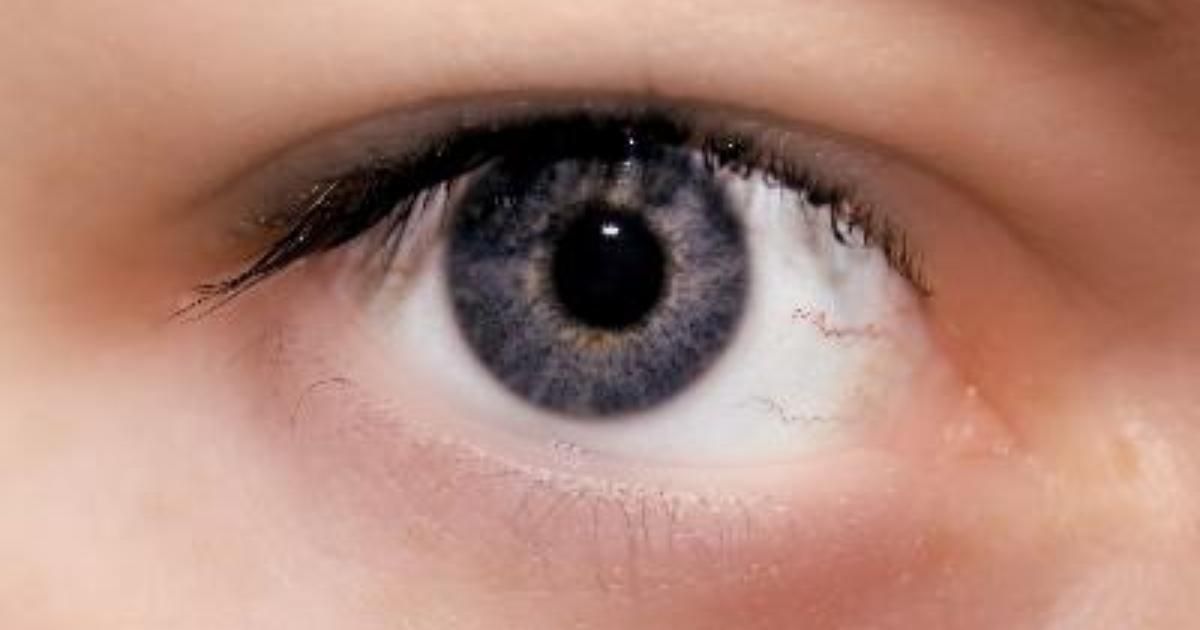
- Sustained-release drug delivery systems
- Minimally invasive glaucoma surgeries (MIGS)
- Gene therapy approaches
- Stem cell therapies for optic nerve regeneration
How might future treatments change the management of ocular hypertension? Future treatments may offer more targeted approaches with fewer side effects, potentially combining IOP-lowering therapies with neuroprotective agents. Long-acting drug delivery systems could improve treatment adherence, while advanced surgical techniques may provide more options for cases resistant to medical therapy.
In conclusion, ocular hypertension is a significant concern in eye health that requires vigilant monitoring and management. With regular eye exams, appropriate treatment, and lifestyle modifications, individuals can effectively manage their eye pressure and reduce the risk of developing more serious eye conditions. As research continues to advance, we can look forward to even more effective and personalized approaches to managing ocular hypertension in the future.

Causes & Concerns – Ocular Hypertension
Regularly checking your eye pressure is an important way you can help preserve your vision for a lifetime. Elevated eye pressure can occur without symptoms, and is as dangerous to your eyes as high blood pressure is to your organs. It is often the first sign that you may be developing glaucoma, a leading cause of blindness.
Below, experienced Bay Area ophthalmologist Mark Mandel, MD, discusses prevention and treatment strategies for this serious condition.
Elevated Danger
The cause of elevated eye pressure, known as ocular hypertension, is an imbalance in production and drainage of aqueous humor, the fluid inside your eye. Pressure builds as the eye creates new fluid and the channels which normally drain the aqueous humor become obstructed or damaged. Once that happens, internal pressure rises, and major damage to the optic nerve can result.
In many cases, there is no observable damage to the release channels, yet the natural system of drainage unexpectedly stops working. This system can also be disrupted by an injury to the eye (e.g., a sports injury or car accident) that damages those vital drainage channels, setting in motion the increase in pressure.
This system can also be disrupted by an injury to the eye (e.g., a sports injury or car accident) that damages those vital drainage channels, setting in motion the increase in pressure.
Additional Causes of Ocular Hypertension
You are at greater risk for developing ocular hypertension is you are over 40, have thin corneas or a family history of glaucoma. African Americans also have a statistically higher risk.
Use of steroids, including steroid eye drops that are sometimes prescribed after eye surgery, is also linked to elevated pressure within the eye. In addition, ocular hypertension may suddenly appear with the onset of other eye conditions, such as pseudoexfoliation syndrome, a condition related to age and genetics in which small protein fibers accumulate, clump together and block the free flow of fluid within the eye.
Pigment dispersion syndrome can similarly cause accumulation of drainage-blocking particles in the eye. When this condition occurs, granules of pigment break loose from the iris and obstruct one or more channels.
If you would like to know more about elevated eye pressure and ways to protect your vision, we encourage you to schedule a personal consultation with Bay Area ophthalmologist Mark Mandel, MD. Contact Optima Eye by emailing us or calling 877-210-2020 ext. 3 today.
Related Posts
3 Ways Your Diet Could Affect Your Vision and Eye Health
You probably know that your diet impacts your health and wellness. You may be surprised to learn that your diet can even impact your vision and eye health. Mark Mandel, MD, celebrates National Nutrition Month. Here, he discusses three ways your diet could affect your vision and eye health.
Read More
Preventing Eye Injuries at Home: Celebrate Home Eye Safety Month
Almost half of all eye injuries occur in and around the home. Most of these accidents can be prevented. To help educate and prevent eye injuries at home, Bay Area corneal specialist Mark Mandel, MD, celebrates Home Eye Safety Month. Here he provides his top tips on how to prevent eye injuries at home.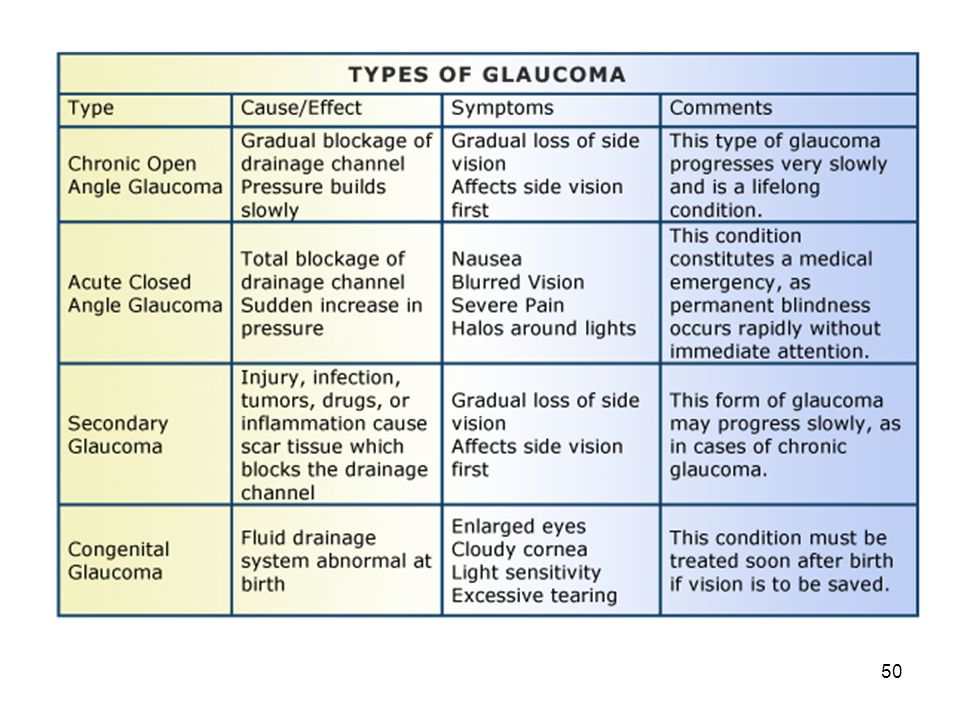
Read More
Foods That May Help Prevent Eye Disease
Although the treatments for eye disease have never been more successful, it is far better to avoid conditions like cataracts, glaucoma and macular degeneration in the first place. Multiple studies appearing in academic journals show a correlation between eating certain foods and preventing eye disease. Here Bay Area ophthalmologist Mark Mandel, MD, of Optima Eye,…
Read More
Hayward
1237 B Street Hayward, CA 94541
Click map to expand
San Jose
455 O’Connor Drive, Suite 360 San Jose, CA 95128
Click map to expand
Castro Valley
20400 Lake Chabot Road, Suite 302 Castro Valley, CA 94546
Click map to expand
Concord
1401 Willow Pass Rd., Suite 100 Concord, CA 94520
Click map to expand
Causes, Symptoms, Tests, and Treatment
Written by WebMD Editorial Contributors
Medically Reviewed by Jabeen Begum, MD on February 21, 2023
- Ocular Hypertension Causes
- Ocular Hypertension Symptoms
- Questions to Ask the Doctor
- Exams and Tests
- Ocular Hypertension Treatment Self-Care at Home
- Medical Treatment
- Medications
- Surgery
- Next Steps
- Prevention
- Outlook
- Multimedia
- More
At your regular eye exam, one thing your eye doctor always checks is your intraocular pressure. That’s the pressure inside your eyes. It gives an important picture of your eye health and can find signs of optic nerve damage that might affect your sight.
That’s the pressure inside your eyes. It gives an important picture of your eye health and can find signs of optic nerve damage that might affect your sight.
Your eyes are filled with fluid that keeps them inflated like a ball. The normal pressure in the eyes can change during the day and differ from person to person. In healthy eyes, the fluids drain freely to keep eye pressure steady.
Ocular hypertension is when the pressure inside the eye is higher than normal. Eye pressure is measured in millimeters of mercury (mmHg). Normal eye pressure ranges from 10 to 21 mmHg. Ocular hypertension is an eye pressure of greater than 21 mmHg.
Ocular hypertension usually has these signs:
- An intraocular pressure of greater than 21 mmHg in one or both eyes at two or more office visits.
- The optic nerve appears normal.
- No signs of glaucoma are seen on visual field testing, which is a test to assess your peripheral (or side) vision.
- No signs of any eye disease are seen.

Ocular hypertension should not be considered a disease by itself. But if you have it, you may be more likely to develop glaucoma. As of 2022, an estimated 3 million people in the United States had glaucoma and more than 120,000 are legally blind because of this disease. These statistics emphasize the need to identify and closely monitor people who are at risk of developing glaucoma, particularly those with ocular hypertension.
Studies show that 3-6 million people in the United States, including 4%-10% of the population older than 40, have intraocular pressures of 21 mm Hg or higher. Studies over the last 20 years have helped to characterize those with ocular hypertension:
- They have an average estimated risk of 10% of developing glaucoma over 5 years. This risk may be decreased to 5% (a 50% decrease in risk) if eye pressure is lowered by medications or laser surgery. However, the risk may become even less than 1% per year because of significantly improved techniques for detecting glaucomatous damage.
 This could allow treatment to start much earlier, before vision loss occurs.
This could allow treatment to start much earlier, before vision loss occurs. - Patients with thin corneas may be at a higher risk for glaucoma development. Therefore, your eye doctor might measure your corneal thickness.
- Over a 5-year period, the incidence of glaucomatous damage in people with ocular hypertension is about 2.6-3% for intraocular pressures of 21-25 mmHg, 12-26% for intraocular pressures of 26-30 mmHg, and approximately 42% for those higher than 30 mmHg.
- In approximately 3% of people with ocular hypertension, the veins in the retina can become blocked (called a retinal vein occlusion), which could lead to vision loss. Because of this, keeping pressures below 25 mmHg in people with ocular hypertension and who are older than age 65 is often suggested.
Some studies have found that the average intraocular pressure in Black and Hispanic people is higher than in white people, while other studies have found no difference.
- A 4-year study showed that African Americans with ocular hypertension were five times more likely to develop glaucoma than whites.
 Findings suggest that, on average, African Americans have thinner corneas, which may account for this increased likelihood to develop glaucoma, as a thinner cornea may cause pressure measurements in the office to be falsely low.
Findings suggest that, on average, African Americans have thinner corneas, which may account for this increased likelihood to develop glaucoma, as a thinner cornea may cause pressure measurements in the office to be falsely low. - In addition, African Americans are considered to have a three to four times greater risk of developing primary open-angle glaucoma. They are also believed to be more likely to have optic nerve damage.
Although some studies have reported a significantly higher average intraocular pressure in women than in men, other studies have not shown any difference between men and women.
- Some studies suggest that women could be at a higher risk for ocular hypertension, especially after menopause.
- Studies also show that men with ocular hypertension may be at a higher risk for glaucomatous damage.
Intraocular pressure slowly rises with increasing age, just as glaucoma becomes more prevalent as you get older.
- Being older than age 40 is a risk factor for both ocular hypertension and primary open-angle glaucoma.

- Elevated eye pressure in a young person is a cause for concern. A young person has a longer time to be exposed to high pressures over a lifetime and a greater likelihood of optic nerve damage.
High pressure inside the eye is caused by an imbalance in the production and drainage of fluid in the eye. The channels that normally drain the fluid from inside the eye do not function correctly. More fluid is being made but cannot cannot drain. This results in an increased amount of fluid inside the eye, thus raising the pressure.
Another way to think of high pressure inside the eye is to imagine a water balloon. The more water that is put into the balloon, the higher the pressure inside the balloon. The same situation exists with too much fluid inside the eye: The more fluid, the higher the pressure. Also, just like a water balloon can burst if too much water is put into it, the optic nerve in the eye can be damaged by too high of a pressure.
People with very thick but normal corneas often have eye pressure measuring at the high levels of normal or even a little bit higher.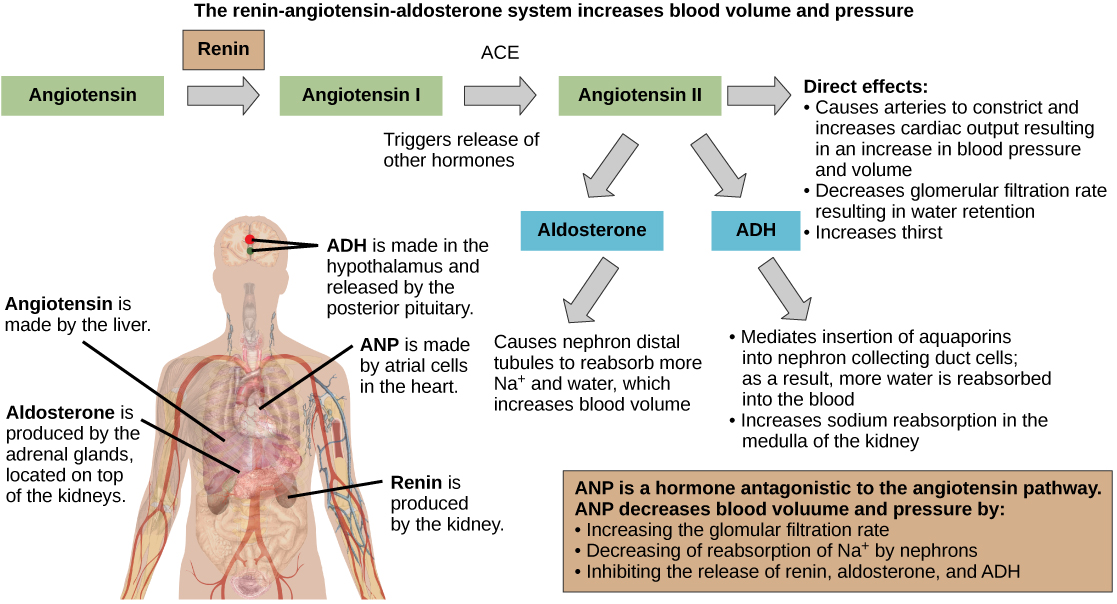 Their pressures may actually be lower and normal, but the thick corneas cause a falsely high reading during measurements.
Their pressures may actually be lower and normal, but the thick corneas cause a falsely high reading during measurements.
Most people with ocular hypertension do not have any symptoms. For this reason, regular eye examinations with an eye doctor are very important to rule out any damage to the optic nerve from the high pressure.
- Is my eye pressure elevated?
- Are there any signs of eye damage due to an injury?
- Has my optic nerve been damaged?
- Is my peripheral vision normal?
- Is treatment necessary?
- How often should I get follow-up examinations?
An eye doctor performs tests to measure intraocular pressure as well as to rule out early primary open-angle glaucoma or secondary causes of glaucoma.
- Your doctor checks your visual acuity, which refers to how well you can see an object, by having you read letters from across a room using an eye chart.
- The front of your eyes, including your cornea, anterior chamber, iris, and lens, are examined using a special microscope called a slit lamp.

- Your doctor will measure your eye pressure using a test called tonometry. Measurements are taken for both eyes on at least two or three occasions. Because intraocular pressure varies from hour to hour, measurements may be taken at different times of day (e.g., morning and night). A difference in pressure between the eyes of 3 mmHg or more may suggest glaucoma. Early primary open-angle glaucoma is very likely if the intraocular pressure is steadily increasing.
- Each optic nerve is examined for any damage or abnormalities. This may require dilation of your pupils. Pictures of your optic disk (the front surface of your optic nerve) are taken for future reference and comparison.
- A gonioscopy is performed to check the drainage angle of your eye. To do so, a special contact lens is placed on the eye. This test is important to determine if the angles are open, narrowed, or closed and to rule out any other conditions that could cause elevated intraocular pressure.
- Visual field testing checks your peripheral (or side) vision, typically by using an automated visual field machine.
 This test is done to rule out any visual field defects due to glaucoma. Visual field testing may need to be repeated. If there is a low risk of glaucomatous damage, then the test may be performed only once a year. If there is a high risk of glaucomatous damage, then the test may be performed as frequently as every 2 months.
This test is done to rule out any visual field defects due to glaucoma. Visual field testing may need to be repeated. If there is a low risk of glaucomatous damage, then the test may be performed only once a year. If there is a high risk of glaucomatous damage, then the test may be performed as frequently as every 2 months. - Pachymetry (or corneal thickness) is checked by an ultrasound probe to determine the accuracy of your intraocular pressure readings. A thinner cornea can give falsely low pressure readings, whereas a thick cornea can give falsely high pressure readings.
If your eye doctor prescribes medicines to help lower the pressure inside your eye, properly applying the medication and complying with your doctor’s instructions are very important. Not doing so could result in a further increase in intraocular pressure that can lead to optic nerve damage and permanent vision loss (from glaucoma).
The goal of medical treatment is to reduce the pressure before it causes glaucomatous loss of vision.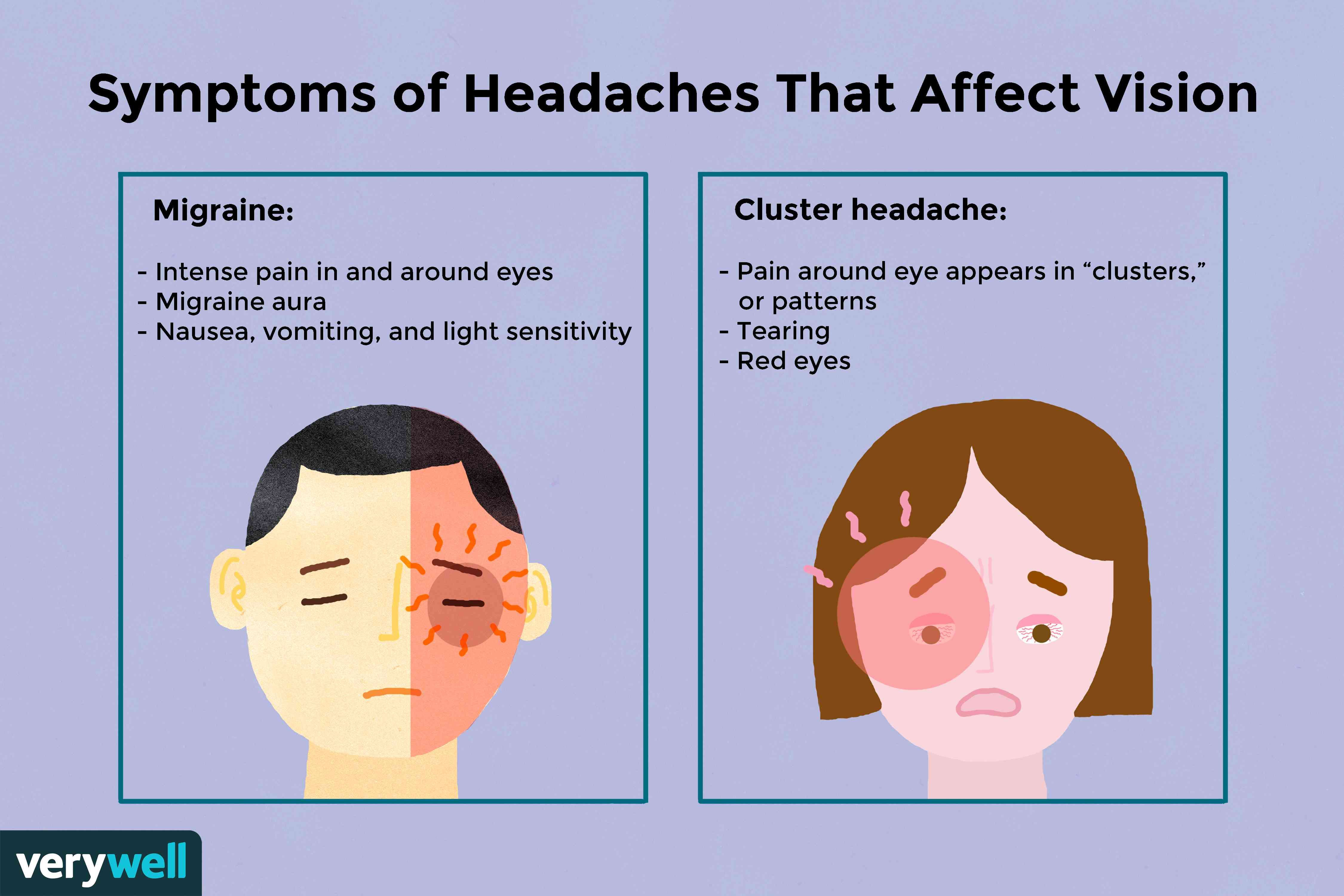 Medical treatment is always started for people who are believed to be at the greatest risk for developing glaucoma and for those with signs of optic nerve damage.
Medical treatment is always started for people who are believed to be at the greatest risk for developing glaucoma and for those with signs of optic nerve damage.
How your eye doctor chooses to treat you is highly individualized. Depending on your particular situation, you may be treated with medications or just observed. Your doctor will discuss the pros and cons of medical treatment versus observation with you.
- Some eye doctors treat all elevated intraocular pressures of higher than 21 mmHg with topical medicines. Some do not medically treat unless there is evidence of optic nerve damage. Most eye doctors treat if pressures are consistently higher than 28-30 mmHg because of the high risk of optic nerve damage.
- If you have symptoms like halos, blurred vision, or pain, or if your intraocular pressure has recently increased and then continues to increase on subsequent visits, your eye doctor will most likely start medical treatment.
Your intraocular pressure is evaluated periodically using guidelines similar to these:
- If your intraocular pressure is 28 mmHg or higher, you are treated with medicines.
 After 1 month of taking the drug, you have a follow-up visit with your eye doctor to see if the medicine is lowering the pressure and there are no side effects. If the drug is working, then follow-up visits are scheduled every 3-4 months.
After 1 month of taking the drug, you have a follow-up visit with your eye doctor to see if the medicine is lowering the pressure and there are no side effects. If the drug is working, then follow-up visits are scheduled every 3-4 months. - If your intraocular pressure is 26-27 mmHg, the pressure is rechecked in 2-3 weeks after your initial visit, sometimes at a different time of day. On your second visit, if the pressure is still within 3 mmHg of the reading at the initial visit, then follow-up visits are scheduled every 3-4 months. If the pressure is lower on your second visit, then the length of time between follow-up visits is longer and is determined by your eye doctor. At least once a year, visual field testing is done and your optic nerve is examined.
- If your intraocular pressure is 22-25 mmHg, the pressure is rechecked in 2-3 months, sometimes at a different time of day. At the second visit, if the pressure is still within 3 mmHg of the reading at the initial visit, then your next visit is in 6 months and includes visual field testing and an optic nerve examination.
 Testing is repeated at least yearly.
Testing is repeated at least yearly.
Follow-up visits may also be scheduled for the following reasons:
- If a visual field defect shows up during a visual field test, repeat examinations are performed during future office visits. An eye doctor closely monitors a visual field defect because it may be a sign of early primary open-angle glaucoma. That is why it is important for you to do your best when taking the visual field test, as it may determine whether or not you have to start on medications to lower your eye pressure. If you get tired during a visual field test, make sure to tell the technician to pause the test so you can rest. That way, a more accurate visual field test can be obtained.
- A gonioscopy is performed at least once every 1-2 years if your intraocular pressure significantly increases or if you are being treated with miotics (a type of glaucoma medication).
- More pictures of the back of your eye are taken if the optic nerve/optic disk changes in appearance.

The ideal drug for treatment of ocular hypertension should effectively lower intraocular pressure, have no side effects, and be inexpensive with once-a-day dosing; however, no medicine possesses all of the above. When choosing a medicine for you, your eye doctor prioritizes these qualities based on your specific needs.
Medications, usually in the form of medicated eyedrops, are prescribed to help lower increased intraocular pressure. Sometimes, more than one medicine is needed.
Initially, your eye doctor might have you use the eyedrops in only one eye to see how effective the drug is in lowering the pressure inside your eye. If it is effective, then your doctor will most likely have you use the eyedrops in both eyes.
Once a medicine is prescribed, you have regular follow-up visits with your eye doctor. The first follow-up visit is usually 3-4 weeks after beginning the medicine. Your pressures are checked to ensure the drug is helping to lower your intraocular pressure.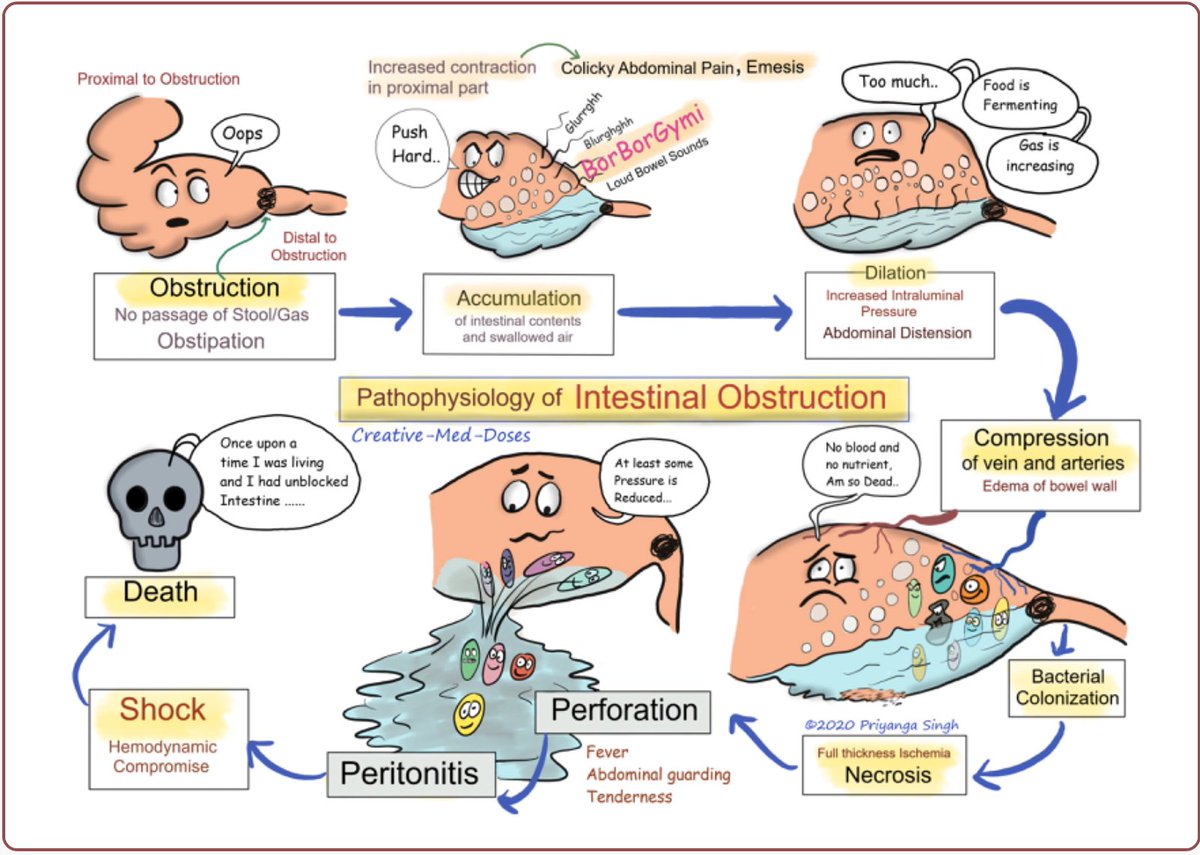 If the drug is working and is not causing any side effects, then it is continued and you are reevaluated 2-4 months later. If the drug is not helping to lower your intraocular pressure, then you will stop taking that drug and a new drug will be prescribed.
If the drug is working and is not causing any side effects, then it is continued and you are reevaluated 2-4 months later. If the drug is not helping to lower your intraocular pressure, then you will stop taking that drug and a new drug will be prescribed.
Your eye doctor may schedule your follow-up visits in accordance with the particular drug you are taking because some medicines may take 6-8 weeks to be fully effective.
During these follow-up visits, your eye doctor also observes you for any allergic reactions to the drug. If you are experiencing any side effects or symptoms while on the drug, be sure to tell your eye doctor.
Generally, if the pressure inside the eye cannot be lowered with medicines, you might have early primary open-angle glaucoma instead of ocular hypertension. In this case, your eye doctor will discuss the appropriate next steps in your treatment plan.
Laser and surgical therapy are not generally used to treat ocular hypertension, because the risks associated with these therapies are higher than the actual risk of developing glaucomatous damage from ocular hypertension. However, if you cannot tolerate your eye medications, laser surgery could be an option, and you should discuss this therapy with your eye doctor.
However, if you cannot tolerate your eye medications, laser surgery could be an option, and you should discuss this therapy with your eye doctor.
Depending on the amount of optic nerve damage and the level of intraocular pressure control, people with ocular hypertension may need to be seen from every 2 months to yearly, even sooner if the pressures are not being adequately controlled.
Glaucoma should still be a concern in people who have elevated intraocular pressure with normal-looking optic nerves and normal visual field testing results or in people who have normal intraocular pressure with suspicious-looking optic nerves and visual field testing results. These people should be observed closely because they are at an increased risk for glaucoma.
Ocular hypertension cannot be prevented, but through regular eye examinations with an eye doctor, its progression to glaucoma can be prevented.
The prognosis is very good for people with ocular hypertension.
- With careful follow-up care and compliance with medical treatment, most people with ocular hypertension do not progress to primary open-angle glaucoma, and they retain good vision throughout their lifetime.

- With poor control of elevated intraocular pressure, continuing changes to the optic nerve and visual field that could lead to glaucoma might occur.
Media file 1: Parts of the eye.
Media file 2: Elevated eye pressure is caused by a build-up of fluid inside the eye because the drainage channels (trabecular meshwork) cannot drain it properly. Elevated eye pressure can cause optic nerve damage and vision loss.
Top Picks
Eye pressure – syndromes, causes, symptoms
tell reliably about the normal functioning of your visual system or
warn of visual impairment.
Moreover, both an increase and a decrease in pressure inside the eyeball
is a bad sign.
It is the normal value of such an indicator that contributes to the correct
distribution of nutrients in tissues and parts of the eye.
Especially dangerous is the fact that increased eye pressure can outwardly
not manifest itself and not affect the patient’s well-being, causing irreparable
damage to the visual apparatus until the reverse process will already be
it is forbidden.
Destruction of the cells that make up the retina, failures in metabolic processes,
occurring in the eyeball, are often due to increased in the eye
pressure. This state is negative and dangerous, it disrupts the functioning
visual apparatus, entails many diseases. It is even possible
extremely dangerous complications in the form of the development of glaucoma.
Filtration angle – its changes in the visual apparatus will be obvious due to
disease, which explains the progressive increase within the departments that are in
visual system.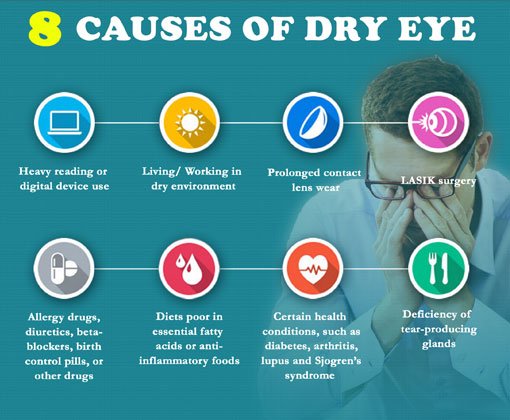 There is first a narrowing of the angle of view, but then it is possible and
There is first a narrowing of the angle of view, but then it is possible and
its complete closure. It also affects the fall in visual acuity and
expressed by frequent pain in the eye.
Causes of increased eye pressure
There are several types of increased intraocular pressure.
- Transient – refers to the first, it is characterized by short-term
changes that eventually return to normal. - Labial is manifested by temporary changes, after which everything returns to normal,
but the trouble is in the regular repetition of these changes, albeit temporary ones. - Increased pressure is stable , it is not normalized for some segments
time, this is a rather big danger for the patient.
Degenerative processes will progress and may lead to loss
vision, they are also fraught with irreversible changes that affect the visual
system.
There are many reasons for increasing eye pressure.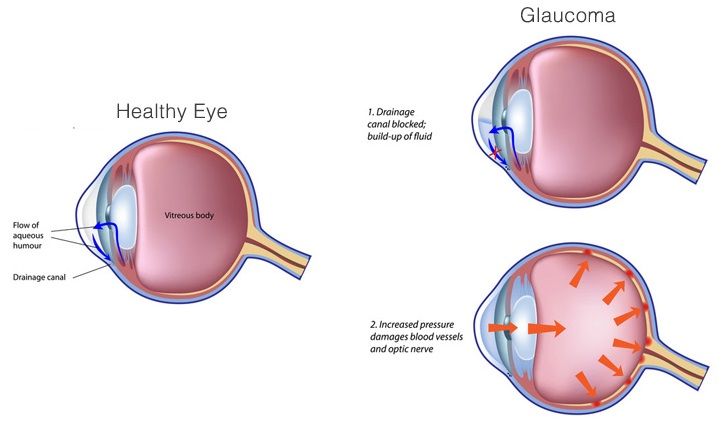 It’s hypertension
It’s hypertension
nerve damage, stress, heavy loads on the eyeball or even
dysfunction of the urinary system, heart failure and much more.
Disorders of the endocrine system can provoke pathology, in addition to
age leads to it, more often it concerns women, poisoning by certain species
chemicals.
Eye pressure symptoms
The intensity of the increase in this kind of pressure is determined by its symptoms. At
slight increase, external signs are practically undetectable.
A more noticeable deviation from the norm is accompanied by headaches,
usually in the temple area, increased fatigue and pain when
the eyeball moves.
Literature printed in fine
font, or general work at the computer, cause increased pathology
discomfort. If the deviations are particularly high, then visual disturbances and redness
eyes are possible with an even greater increase. But such a symptom
like redness of the eyes, it can also indicate many other diseases
visual organs.
Intraocular pressure: causes, norms, danger
The article was checked by a doctor: Yulia Alexandrovna Arifulina
Consultation with a specialist:
Why eye pressure rises
Ophthalmotonus is not a constant value. Its indicators depend on the time of day, age, general well-being of a person. Also, eye pressure tends to increase with age. Therefore, after 40 years, you need to visit an ophthalmologist every year. But age-related changes are not the only reason why the pressure in the eyeball can change. It can be increased by:
- persistent arterial or intracranial hypertension;
- inflammatory diseases of the eye;
- cardiovascular pathologies that lead to fluid retention in the body;
- taking certain medications;
- constant strain and/or eye strain;
- vascular problems;
- traumatic brain injury;
- congenital anatomical features of the structure of the eye;
- menopause;
- hereditary pathologies of the organs of vision.

An increase in intraocular pressure is observed in people who professionally play certain types of wind instruments. Frequent use of strong tea or coffee can often cause high eye pressure, since caffeine affects the condition of blood vessels. Weightlifters and people suffering from chronic stress are also at risk.
Call right now
+7 (495) 215-56-90
Make an appointment with a neurologist
What is the danger of increased intraocular pressure
A change in ophthalmotonus in one direction or another is a dangerous symptom that can cause loss of vision.
With an increase in pressure, the capillaries are squeezed, which leads to injury to some parts of the eyeball. The compression of the optic nerves causes a deterioration in metabolic processes, as a result, the organ of vision does not receive the necessary nutrients. This leads to permanent and sometimes irreversible loss of vision due to eye atrophy. Often, high IOP causes glaucoma.
No less dangerous is the decrease in ophthalmotonus. If at high pressure squeezing of the vessels is observed, then at low pressure, the work of the vitreous body is disrupted. This leads to a decrease and deformation of the eyeball, loss of vision. When signs of atrophy are detected, it is difficult to restore vision.
Sometimes a change in eye pressure is a symptom of other pathological changes in the body. For example, elevated IOP indicates problems with the cardiovascular system, and low indicates malfunctions in the liver.
Monitoring eye pressure allows you to detect deviations from the norm in time. Timely and competent treatment helps to prevent the onset of negative consequences.
Eye pressure norm
Get expert advice:
- Neurologist
- Ophthalmologist
- Pediatric ophthalmologist
IOP is measured in millimeters of mercury (mm Hg). Norm – pressure in the range from 10 to 20 mm Hg.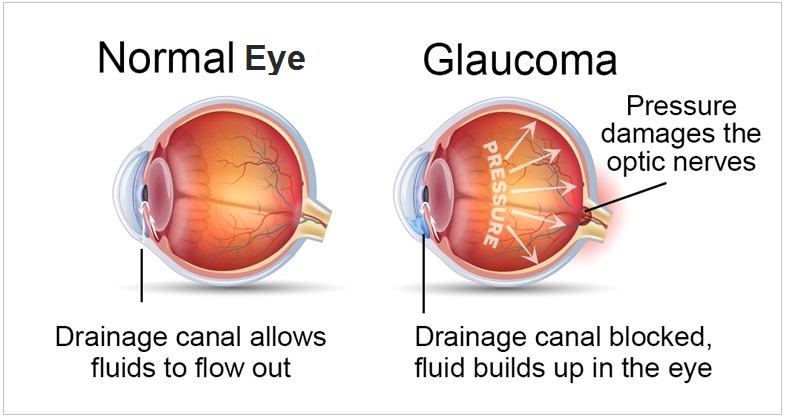 Art. The average value among young people is from 15 to 16 mm Hg. There may be slight fluctuations throughout the day. After 50 years, the pressure rises due to age-related changes in the body. Therefore, in old age, an indicator of up to 25 mm Hg is considered normal. Art.
Art. The average value among young people is from 15 to 16 mm Hg. There may be slight fluctuations throughout the day. After 50 years, the pressure rises due to age-related changes in the body. Therefore, in old age, an indicator of up to 25 mm Hg is considered normal. Art.
In the morning, the highest rates are observed, and in the evening the pressure decreases. Usually daily fluctuations do not exceed a few units. In glaucoma, fluctuations in IOP during the day are more significant, and amount to 5 or more mm Hg. Art.
Eye pressure indicators are affected by hormonal changes – pregnancy, menstruation, menopause.
What is the norm of IOP in children
In children, normal intraocular pressure is somewhat lower than in adults. In newborns, it is about 9-11 mmHg The older the child, the higher the intraocular pressure becomes. Already by the age of 4-5 years, the normal indicator is 13-14 mm Hg. In adolescents, the norm is equated to adult indicators.
Persistent high blood pressure in children under 3 years of age leads to the development of hydrophthalmos or dropsy of the eye. In medicine, this pathology is called “congenital glaucoma”.
Help! In some people, a slight deviation from the norm is not a pathology, and does not adversely affect the structures of the organ of vision. But such patients are at risk, and are subject to regular examination by a doctor.
How eye pressure is measured
IOP is checked at an appointment with an ophthalmologist during a comprehensive eye examination. After the age of 40, an eye pressure test is mandatory. The most common 3 measurement methods are:
- The Maklakov method is a classic method of measurement using small weights that are placed on the eyelids for a certain time. Local anesthesia is preliminarily carried out with the help of drops. This method, although considered obsolete, is still used in government agencies.

- Pneumotonometry is a non-contact measurement method using an air tonometer.
- Electronography is the most modern method. It allows not only to find out IOP, but also to determine the outflow coefficient of intraocular fluid. The process takes 3-4 minutes and is performed under local anesthesia.
There are also contact tonometers for measuring IOP. In this case, to obtain indicators, a touch to the cornea of the eye is required. Palpation through closed eyelids is often used to obtain indicative indicators.
For people who are recommended to conduct a study of IOP in dynamics, special devices have been developed for home use. These are blood pressure monitors that measure pressure through the eyelids. With this method, anesthesia is not needed, since there is no direct contact with the eye.
Increased intraocular pressure: symptoms in adults and children
Symptoms of increased intraocular pressure are often perceived by many as ordinary overwork or fatigue. For a long time, a person does not go to the doctor until the pressure leads to pathological changes in the structure of the organ of vision. The following signs should be alert:
For a long time, a person does not go to the doctor until the pressure leads to pathological changes in the structure of the organ of vision. The following signs should be alert:
- Frequent pain in the eyes.
- Decreased visual acuity.
- Pain in the region of the eyebrows.
- Feeling tired.
- Occurrence of flies, multi-colored circles when looking at a lantern or lamp.
- Lachrymation without cause.
- Dryness, sensation of a foreign object in the eye.
- Frequent change of glasses due to a sharp decrease in visual acuity.
When high blood pressure becomes persistent, it begins to negatively affect the structures of the organ of vision and the entire body. In this case, a person begins to be disturbed by frequent headaches, nausea, dizziness. Often the first sign is a deterioration in lateral vision. With a change in IOP, the eyes get tired faster, even with small loads. Here we can already talk about the development of glaucoma.
For any discomfort in the eyes, you need to visit an ophthalmologist. Only he can accurately determine the cause and prescribe the necessary treatment. Independent attempts to eliminate pain and inflammation will only lead to a waste of time.
If eye pressure is above normal: what to do
Therapy depends on what changes have occurred in the eyeball and how much it has suffered from high pressure. If a person went to the doctor on time, when the pathological process did not affect the visual function, then special eye drops are used. They help the outflow of fluid, help reduce pressure on the optic nerves and blood vessels.
In this case, the doctor selects the drops individually. During treatment, IOP is monitored, visual acuity is checked. If the hypotensive effect is insufficient, then the agent is replaced by another.
The following recommendations for restoring IOP are also recommended:
- eye exercises;
- wearing glasses with special lenses;
- to reduce the stay at the computer, TV.
 ;
; - taking a vitamin complex.
If the cause is an infection or inflammatory process, then antibacterial and anti-inflammatory drugs are prescribed. In the presence of arterial or cranial hypertension, the underlying disease is treated.
A positive result is observed with physiotherapeutic methods. Ultraphonophoresis, vacuum massage, color pulse therapy have proven themselves well. These methods not only normalize intraocular pressure, but help preserve vision.
If conservative therapy does not help, as well as with the development of glaucoma, minimally invasive laser intervention is used.
Prevention of raised intraocular pressure
With small deviations in IOP, a positive result can be obtained if the following recommendations are observed:
- Enriching the diet with foods that are rich in omega-3 vitamins A, C and E.
- Purchase a quality high pillow that keeps your head elevated while you sleep.


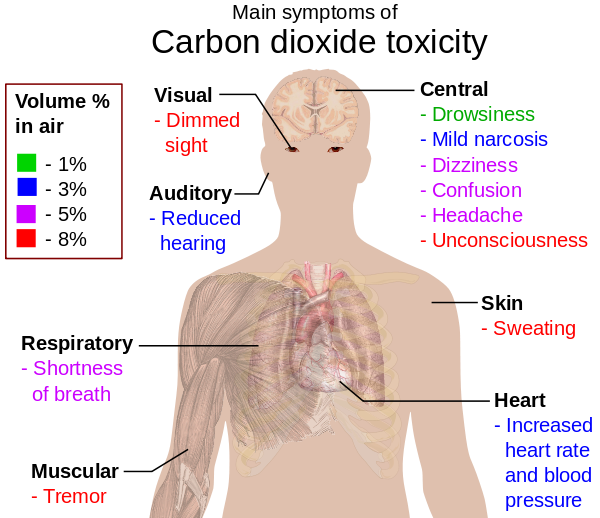
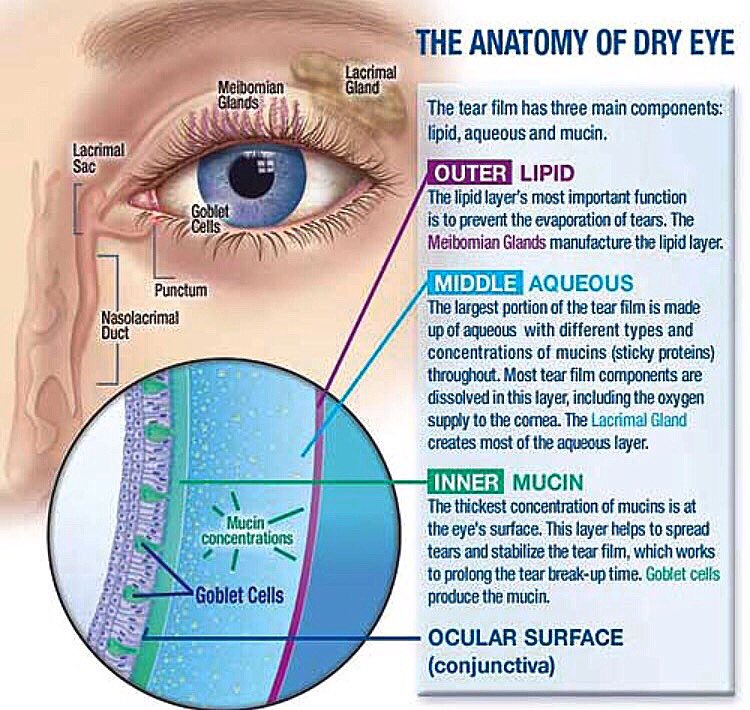 This could allow treatment to start much earlier, before vision loss occurs.
This could allow treatment to start much earlier, before vision loss occurs.  Findings suggest that, on average, African Americans have thinner corneas, which may account for this increased likelihood to develop glaucoma, as a thinner cornea may cause pressure measurements in the office to be falsely low.
Findings suggest that, on average, African Americans have thinner corneas, which may account for this increased likelihood to develop glaucoma, as a thinner cornea may cause pressure measurements in the office to be falsely low.

 This test is done to rule out any visual field defects due to glaucoma. Visual field testing may need to be repeated. If there is a low risk of glaucomatous damage, then the test may be performed only once a year. If there is a high risk of glaucomatous damage, then the test may be performed as frequently as every 2 months.
This test is done to rule out any visual field defects due to glaucoma. Visual field testing may need to be repeated. If there is a low risk of glaucomatous damage, then the test may be performed only once a year. If there is a high risk of glaucomatous damage, then the test may be performed as frequently as every 2 months. After 1 month of taking the drug, you have a follow-up visit with your eye doctor to see if the medicine is lowering the pressure and there are no side effects. If the drug is working, then follow-up visits are scheduled every 3-4 months.
After 1 month of taking the drug, you have a follow-up visit with your eye doctor to see if the medicine is lowering the pressure and there are no side effects. If the drug is working, then follow-up visits are scheduled every 3-4 months. Testing is repeated at least yearly.
Testing is repeated at least yearly.



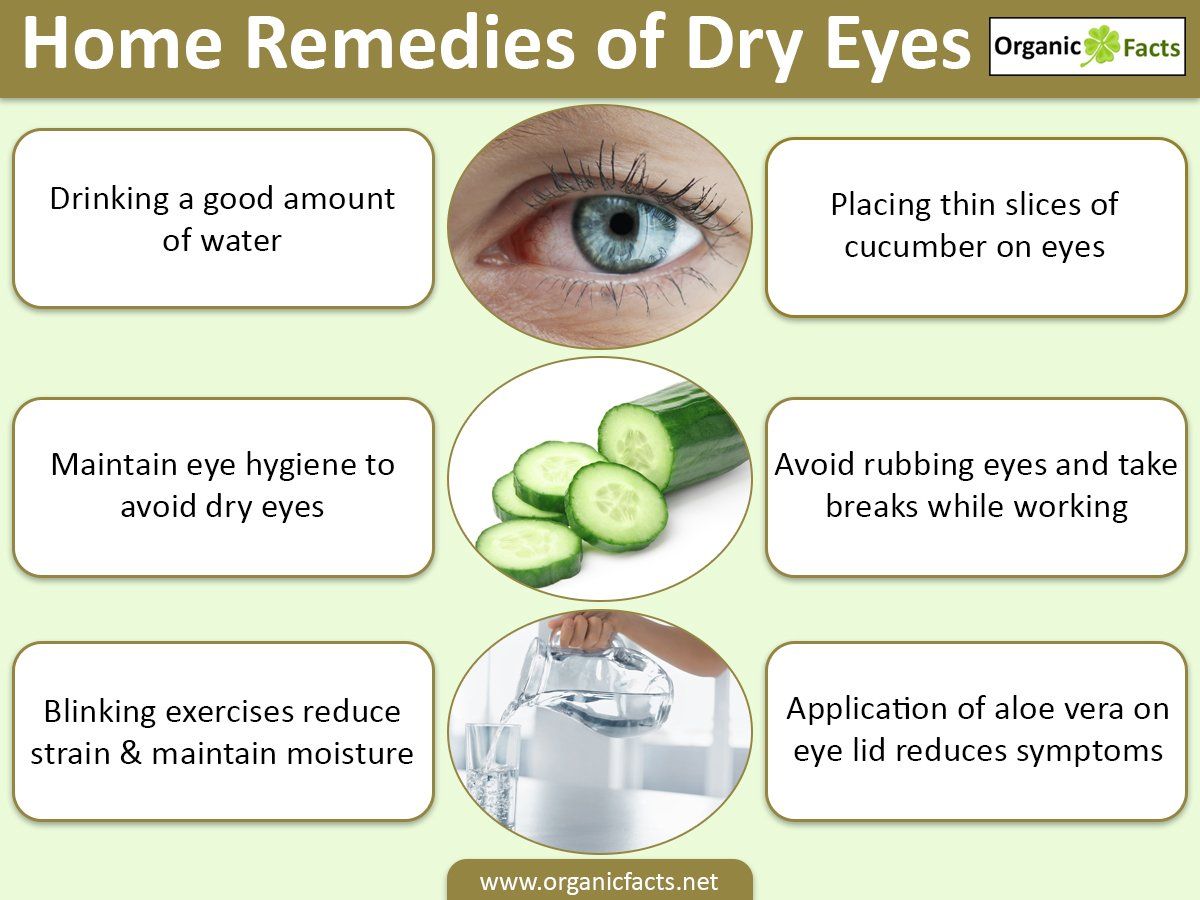 ;
;